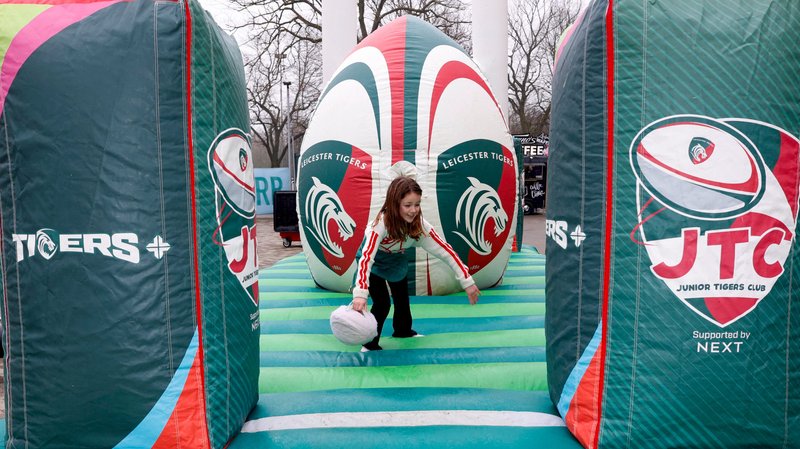A couple of weeks ago, we still had 40 per cent of the season to play. Nine league games to fit in by the first weekend in October.
It seemed like both a long shot and a tight squeeze, especially after five months of total inactivity on the pitch and in the stands.
Yet here we are, just three further weeks in and those games are being chalked off at a rate of knots. By next Sunday, we’ll have played seven of the nine. Incredible.
Where did those games go?
It is a complex situation for the clubs, especially for those like Tigers who still have a European weekend to shoehorn in – hopefully more than one – but already the Premiership season’s days are numbered.
The players will be coming to terms mentally as much as physically with being back on the field after the long enforced break and the staggered return to their training schedules since June, a month usually reserved for holidays in the sun or international tours.
Trying to find a rhythm to their working hours is exacerbated by the midweek fixtures in this introductory period of the restart and the selection decisions needed to manage those bodies through a hectic few weeks.
It’s their equivalent of the feeling office workers have on a Bank Holiday week when body-clocks and muscle-memory are de-railed. Though at least office workers are not bumped back into reality by being repeatedly hit by 100 kilos of opposition.
By now they’ll know where they are, which games they are scheduled to play in and where the potential breaks come as everyone combines preparing properly with managing minutes on the training field, travel time for away games, recovery, analysis, strength and conditioning, medical and everything else that goes into getting a team on the field.
Doing that on a normal rotation with clubs competing on various fronts is tough enough, but the spreadsheets will be working overtime for another few weeks at least.







